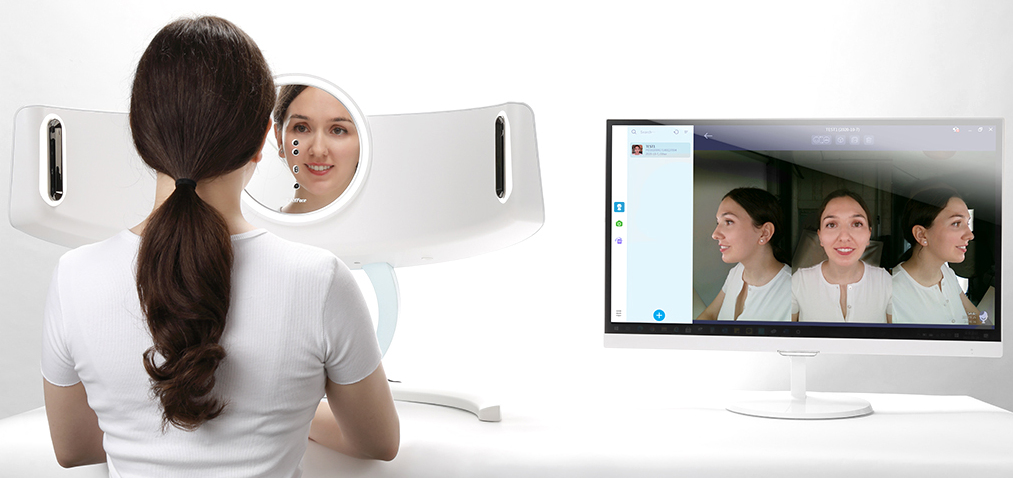Over the last few years, the field of dentistry has significantly transformed, especially with the introduction of Lasers. Since the 1990s, lasers have been used in dentistry to treat many dental conditions. Today dentists use lasers for:
- Biopsy
- Teeth whitening
- Treating gum disease
- Detecting tooth decay
- Restorative dentistry
- Endodontics
How Lasers Work
Lasers deliver energy in the form of light. This light energy allows the dentist to use the laser as a cutting or tissue vaporizing instrument in surgical and dental procedures. In some cases, lasers can replace the use of a scalpel or handpieces.
Benefits of Dental Lasers
- Increased visibility due to the clean dry field.
- Minimal post-operative pain, swelling, and scarring.
- Bacterial reduction.
- Sterilization of surgical site.
Types of Dental Lasers
Dentists have many choices when it comes to selecting a laser for their practice. Each type of laser offers a range of capabilities. Every dentist needs to ask themself what they want to use the laser for. Will it be an all-tissue laser (where it works on both soft and hard tissue) or just a soft-tissue laser.
The most commonly used dental lasers are Erbium, Nd: YAG, Diode, and CO2. Each type of laser has specific biological effects and procedures it can perform. Lasers are named based on the material (active medium) in the optical cavity (this is the center of the device). The optical cavity comprises chemical elements, molecules, or compounds. These can be a container of gas, a crystal, or a solid-state semiconductor; for example, CO2 lasers carbon dioxide as the active medium.
Carbon Dioxide (CO2) Lasers
Carbon dioxide lasers are only used on soft tissue. The CO2 laser has a 9.3-10.6nm wavelength, which is highly absorbed by water; this is why they work so well when cutting soft tissue.
Articulated arms or hollow waveguides are used to transmit the CO2 laser beams. Quartz optical fibers used with diode lasers cannot be used. CO2 gas, nitrogen, and helium are in the chamber; The medium is pumped through the laser using an electrical current.
CO2 lasers are very efficient and exhibit excellent hemostasis. CO2 lasers are excellent tools for removing tissue for multiple purposes, such as incisional and excisional biopsies, frenectomy, gingivectomy, pre-prosthetic procedures, and restorative procedures.
Benefits of CO2 Lasers
- Precisely cut and coagulate soft tissue.
- Shallow penetration depth into soft tissue.
- Dentists do not need to place sutures most of the time.
- Controlled thermal effects and sealing of nerve endings means no or very minimal post-operative pain for the patient.
- Very effective for the ablation and vaporization of leukoplakia and dysplasia.
Why CO2 lasers are better than Diode lasers
Even though diode lasers are popular now because of their compact size and affordability, CO2 lasers have their own benefits over diode lasers. Diose lasers do not have enough peak power to cut tissue independently without initiation with articulating paper efficiently. Diode lasers penetrate deeper than CO2 lasers and cause more damage to adjacent tissue when compared to CO2 lasers. C02 lasers are just way more superior when it comes to cutting and coagulating soft tissue simultaneously.

